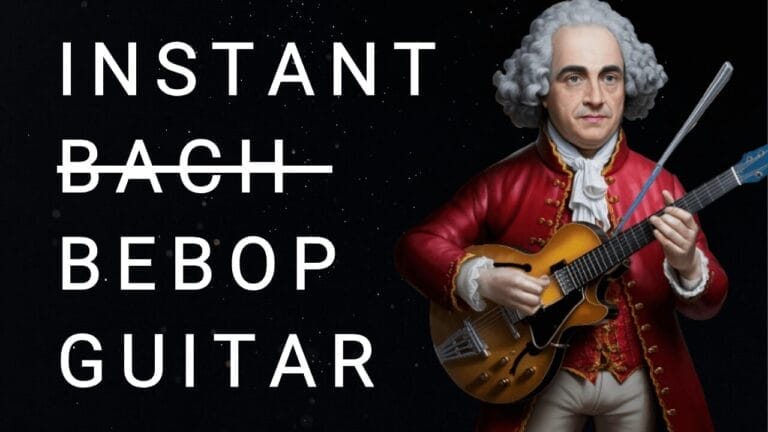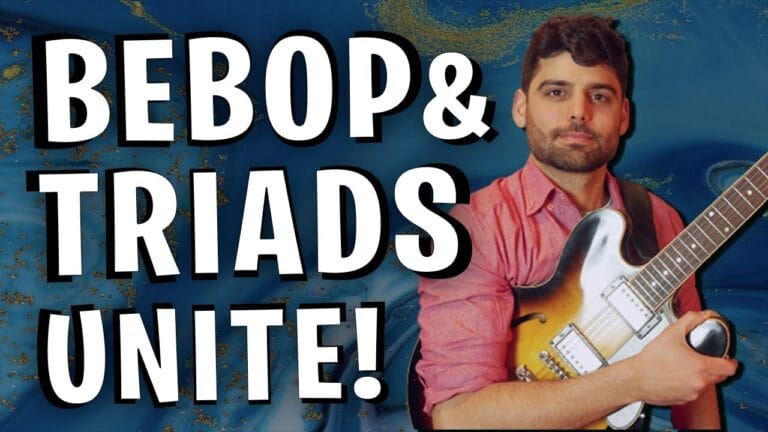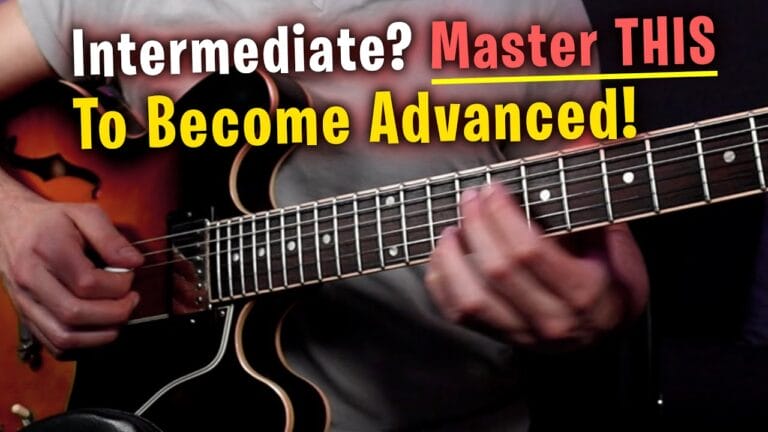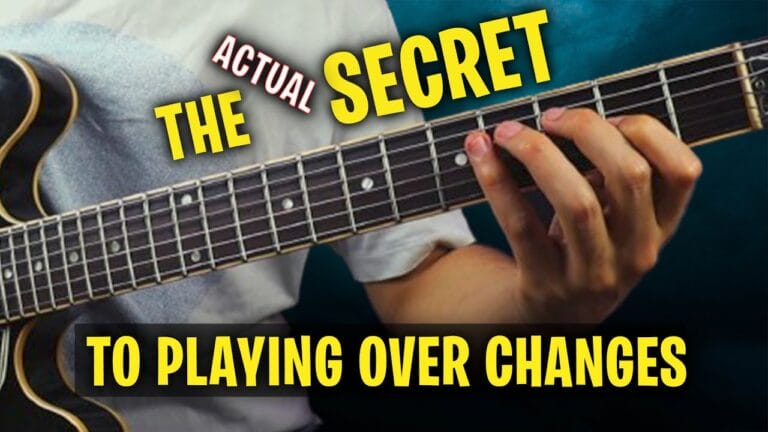Triad Pairs
Triad Pairs on Guitar: Understanding and Application
Triad pairs are an essential tool in the modern jazz guitarist’s arsenal.
They can be used to add color and complexity to your solos, and they are a great way to add interest to your improvisation. In this video I share some of my favorites triad pair sounds with you.
Triad pairs are constructed by taking two triads from a scale or even at random (non harmonically) . These two triads are then combined into lines to create a unique melodic sound. They can be used in a variety of ways, to create tension, a great way to add unique color to your playing.



















